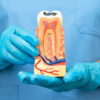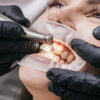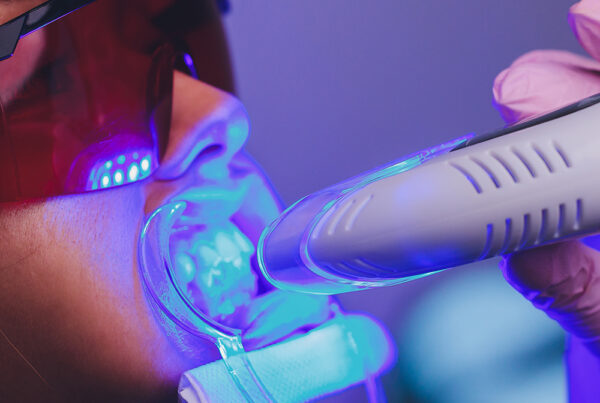Oral Sedation Dentistry
Oral sedation dentistry is a form of dental treatment that uses medications to help patients relax during their dental procedures. It is an effective way to reduce anxiety and fear associated with going to the dentist, allowing for a more comfortable experience. Oral sedation dentistry can be used for both simple and complex procedures, such as root canals, fillings, crowns, and extractions.
The most common type of oral sedation dentistry is conscious sedation. This involves taking a pill or liquid medication prior to the procedure. The medication helps the patient relax while still being aware of what’s happening around them. The effects of the medication usually last between two and four hours after it has been taken. During this time, the patient will remain conscious but relaxed and may not remember much about the procedure afterwards.
For more severe cases of anxiety or fear, deeper levels of sedation may be necessary. This includes intravenous (IV) sedation or general anesthesia which are administered by an anesthesiologist in order to achieve a deeper level of relaxation throughout the entire procedure. IV sedation requires monitoring by medical personnel throughout the entire process in order to ensure safety and comfort for the patient.
Oral sedation dentistry is an excellent option for those who suffer from dental anxiety or fear due to past experiences at the dentist’s office. It allows patients to receive necessary treatments without feeling overwhelmed or scared by their surroundings or situation. Additionally, oral sedation dentistry reduces discomfort during treatments and allows for longer procedures to be completed in fewer visits which saves time and money for both patient and dentist alike!
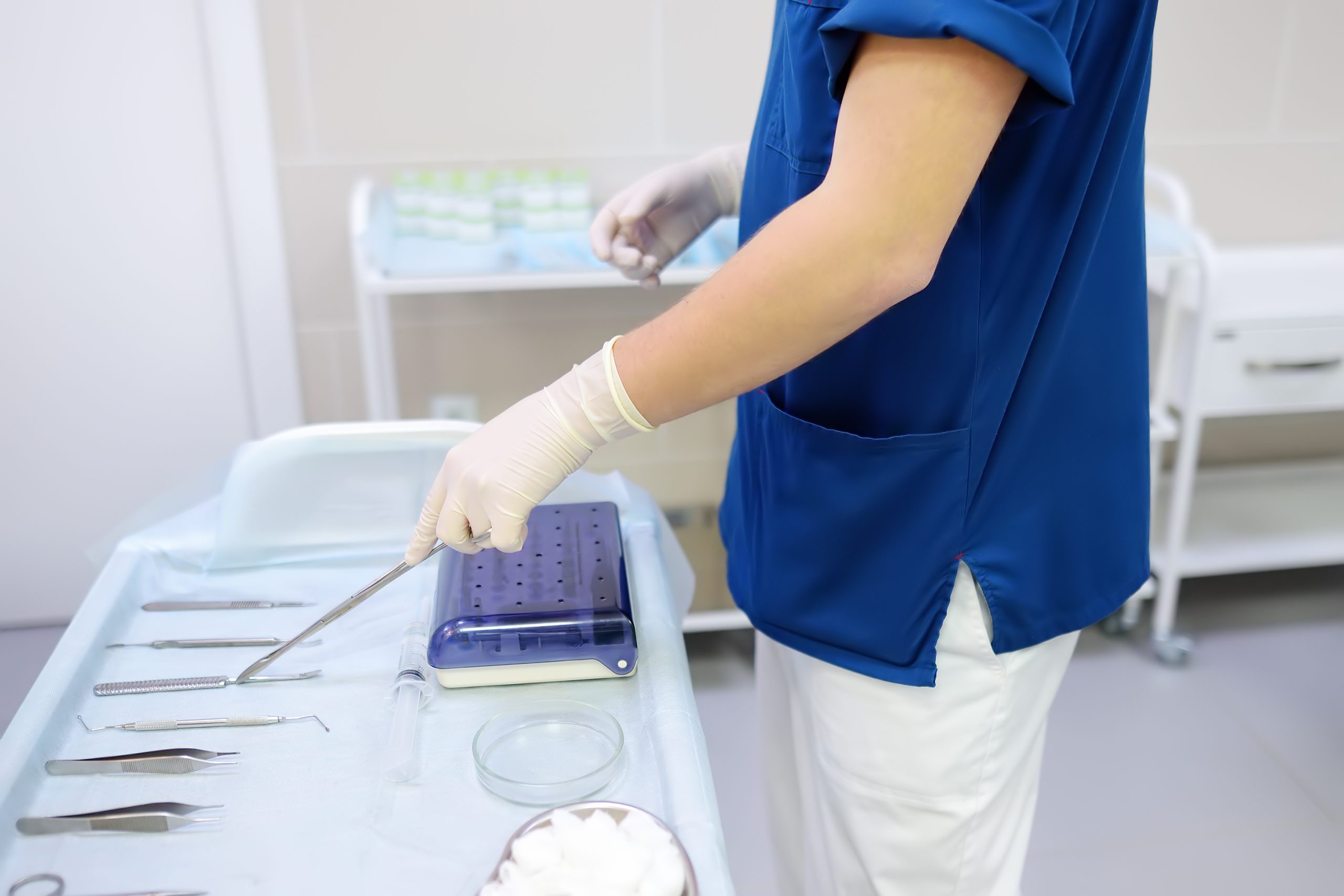
Nitrous Oxide As Sedantive
Nitrous oxide, also known as laughing gas, is a sedative that is commonly used in dentistry to help patients relax during dental procedures. It is a safe and effective way to reduce anxiety and fear associated with dental treatments. Nitrous oxide has been used in dentistry for over 150 years and is one of the most common forms of sedation used today.
When inhaled, nitrous oxide enters the bloodstream quickly and produces a feeling of relaxation and euphoria. It also helps to reduce pain perception by blocking nerve signals from reaching the brain. The effects of nitrous oxide are usually felt within minutes after inhalation and can last up to an hour after the procedure is completed.
Nitrous oxide has many benefits for both patient and dentist alike. For patients, it helps to reduce anxiety and fear associated with dental procedures, making them more comfortable during treatment. Additionally, it can help reduce gag reflexes which can make certain treatments easier to perform. For dentists, nitrous oxide allows them to complete procedures faster while still providing excellent care for their patients.
In addition to helping with relaxation during dental procedures, nitrous oxide can also help improve overall oral health. Because it reduces pain perception, it can help make brushing and flossing more comfortable for those who experience discomfort when performing these tasks. Additionally, nitrous oxide can be used in combination with local anesthetics such as lidocaine or Novocain to provide additional pain relief during more complex procedures such as root canal therapy or wisdom tooth extraction.

IV Sedation
IV Sedation is a form of sedation dentistry that uses intravenous medication to help patients relax during dental procedures. It is a safe and effective way to manage anxiety and fear during dental treatments, allowing patients to receive the care they need without feeling overwhelmed or anxious.
IV sedation can be used for a variety of dental procedures, including extractions, root canals, implants, crowns, bridges, fillings, and more. The medication used in IV sedation helps patients relax and become less aware of their surroundings. This allows them to remain calm and comfortable throughout the procedure while still being able to respond to verbal commands from the dentist.
IV sedation is an excellent option for those who suffer from dental anxiety or fear of the dentist. It also helps those who have difficulty getting numb with local anesthesia or who require lengthy procedures that may be uncomfortable without sedation. IV sedation allows the patient to remain conscious but relaxed throughout the procedure so they don’t experience any pain or discomfort.
The benefits of IV sedation are numerous: it helps reduce anxiety and fear; it makes long or complex procedures easier; it allows patients to remain conscious but relaxed; it reduces gag reflexes; it eliminates pain; and it helps speed up recovery time after treatment. Additionally, IV sedation can help reduce stress levels associated with dental visits, making them more enjoyable for both patient and dentist alike.
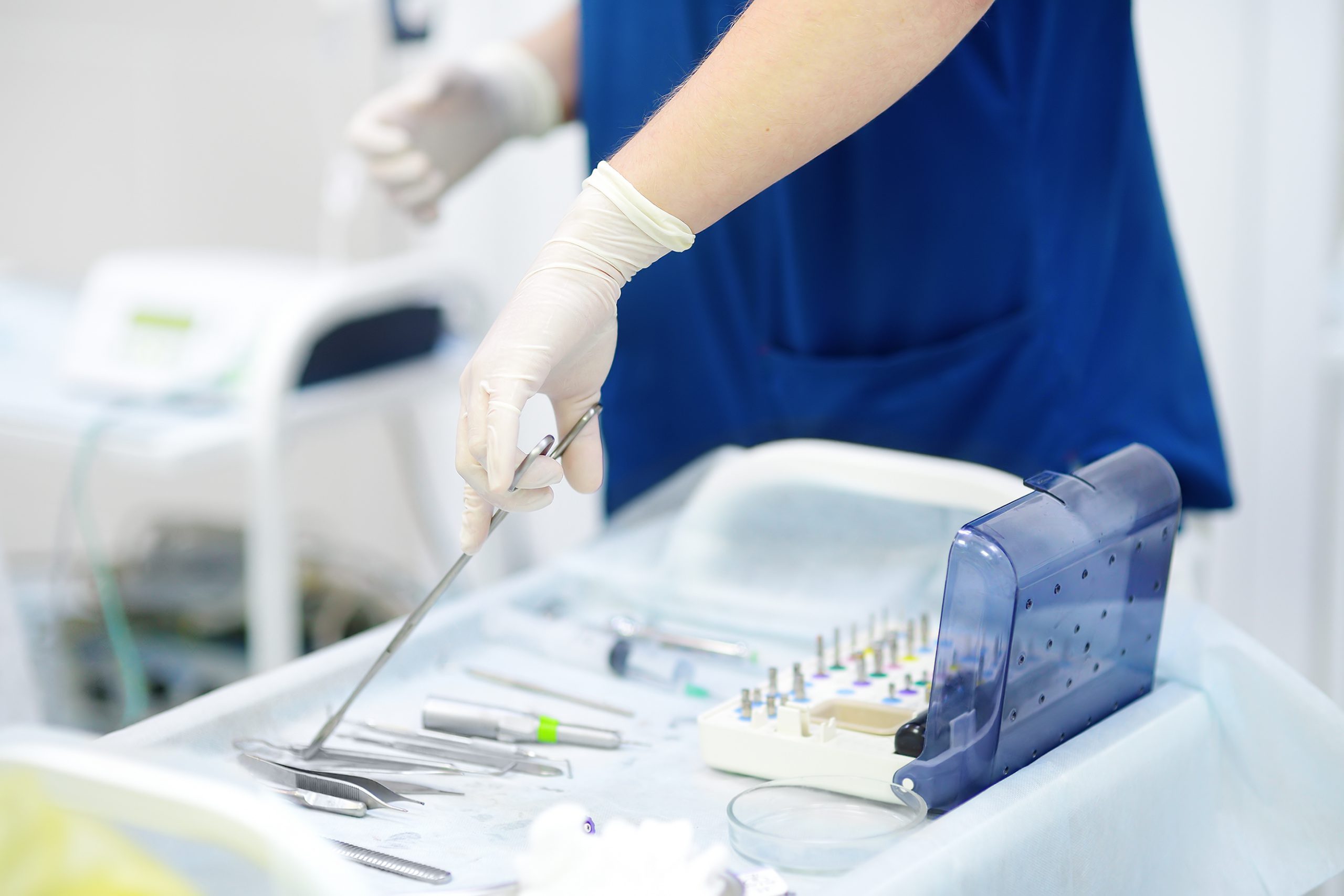
General Anesthesia
General anesthesia is a type of sedation used in dental health that helps to make a patient completely unconscious during a procedure. It is typically used for more invasive procedures, such as wisdom teeth removal or root canals, but it can also be used for other types of treatments. General anesthesia can help to reduce pain and anxiety associated with dental procedures, making them more comfortable for the patient.
When general anesthesia is used in dental health, it is administered by an anesthesiologist or a certified nurse anesthetist. The anesthesiologist will monitor the patient’s vital signs throughout the procedure to ensure their safety. Depending on the type of procedure being performed, the patient may receive either intravenous (IV) medications or inhaled gases. IV medications are usually given first and then followed by inhaled gases if needed.
The effects of general anesthesia depend on the type of medication and dosage given to the patient. Common side effects include drowsiness, confusion, nausea, vomiting, dry mouth, blurred vision, and slurred speech. In some cases, patients may experience more serious side effects such as respiratory depression or low blood pressure. For this reason, it is important that patients are closely monitored while under general anesthesia in order to ensure their safety and well-being.
Before undergoing general anesthesia for dental health purposes, patients should discuss any medical conditions they have with their dentist or anesthesiologist so that they can be taken into consideration when determining which medications should be used during the procedure. Patients should also inform their dentist about any allergies they have as well as any medications they are currently taking so that these can be taken into account when administering general anesthesia.
Once the procedure is complete and the patient has been monitored until they wake up from general anesthesia, they will need someone to drive them home from the appointment due to residual effects from the drugs used during sedation

Conscious Sedation
Conscious sedation is a type of dental treatment that helps to reduce anxiety and discomfort during a dental procedure. It is often used for people who have difficulty getting through a dental appointment due to fear or anxiety. Conscious sedation can be administered in several different ways, including intravenous (IV) medications, inhalation sedation, and oral medications.
Conscious sedation works by helping to relax the patient while they are still awake and aware of their surroundings. This type of sedation allows the patient to remain conscious but relaxed throughout the procedure. The level of relaxation can be adjusted depending on the patient’s needs and comfort level. Conscious sedation also helps to reduce pain during the procedure, as well as any discomfort from long-term procedures such as root canals or wisdom teeth extractions.
The most common form of conscious sedation used in dentistry is IV medication, which is administered directly into the bloodstream via an IV line. This type of medication works quickly and effectively, allowing for fast relief from pain and anxiety. Inhalation sedation is another option that uses nitrous oxide (laughing gas) mixed with oxygen to help relax patients during a dental procedure. Oral medications are also available for conscious sedation, though these typically take longer to take effect than other forms of conscious sedation.
When it comes to safety, conscious sedation is considered very safe when administered by an experienced professional such as a dentist or anesthesiologist. The amount of medication used will depend on the individual’s needs and comfort level, so it’s important to discuss your options with your dentist before beginning any type of conscious sedation treatment.
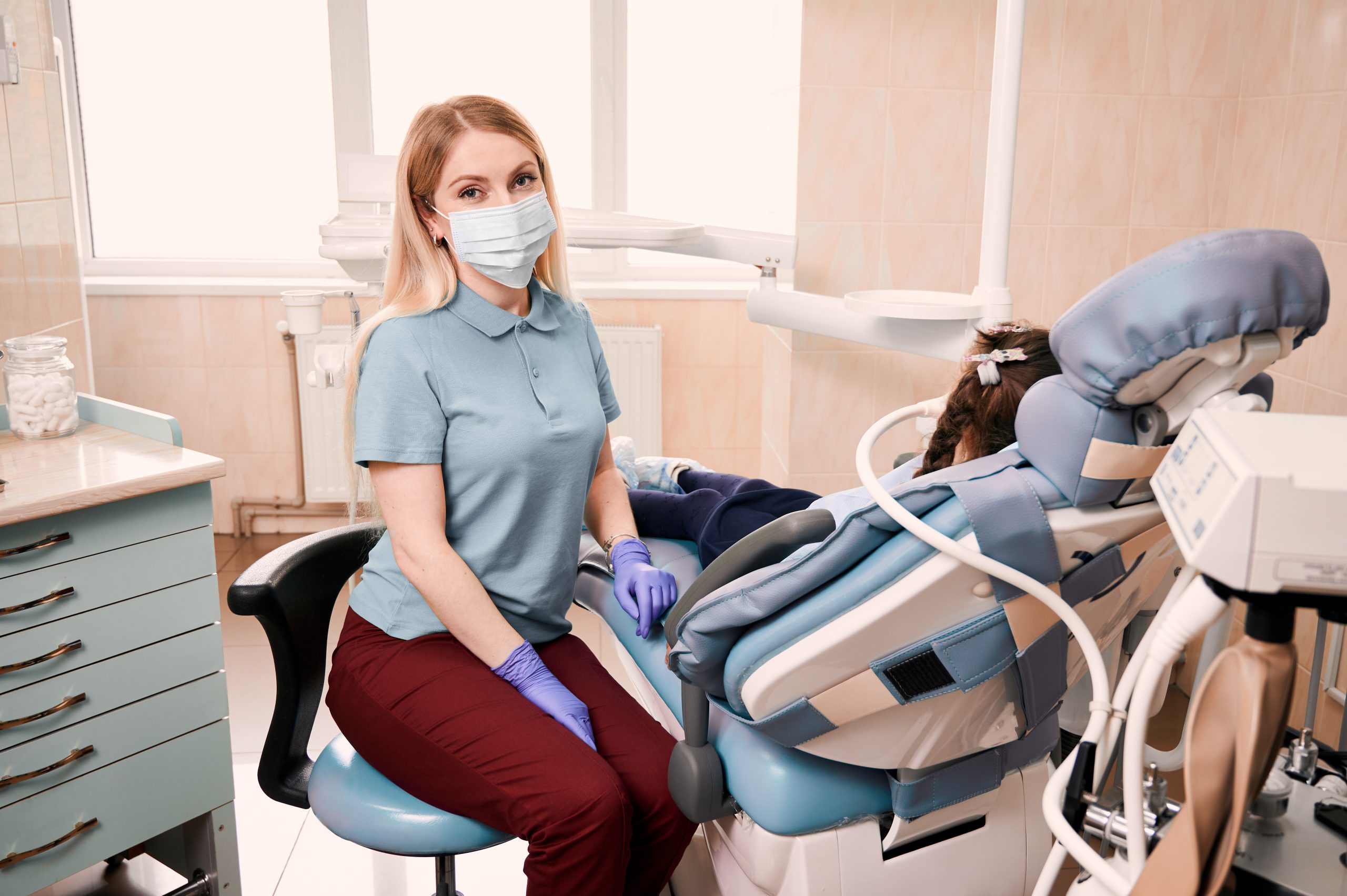
Deep Sedation
Deep sedation is a type of dental sedation that helps patients feel relaxed and comfortable during dental procedures. It is a safe and effective way to reduce anxiety and pain associated with dental treatments. Deep sedation is often used for complex or lengthy procedures, such as root canals, wisdom teeth extractions, and implant placement.
Deep sedation is a form of conscious sedation that provides an increased level of relaxation compared to other forms of sedation dentistry. During deep sedation, the patient remains conscious but in a deeply relaxed state. The patient may not be able to respond to verbal commands but can still be aroused by physical stimulation or gentle shaking.
Deep sedation can be administered in several ways, including intravenous (IV) medication, inhalation gas, or oral medication. IV medications are typically used for deeper levels of sedation and provide more rapid onset than other methods. Inhalation gases are commonly used for shorter procedures such as fillings or cleanings, while oral medications are typically used for longer procedures such as crowns or bridges.
The benefits of deep sedation include reduced anxiety and pain during treatment, improved patient comfort, faster recovery time after the procedure, and improved healing outcomes due to reduced stress on the body during treatment. Additionally, deep sedation can help reduce the need for local anesthesia injections which can cause discomfort in some patients.
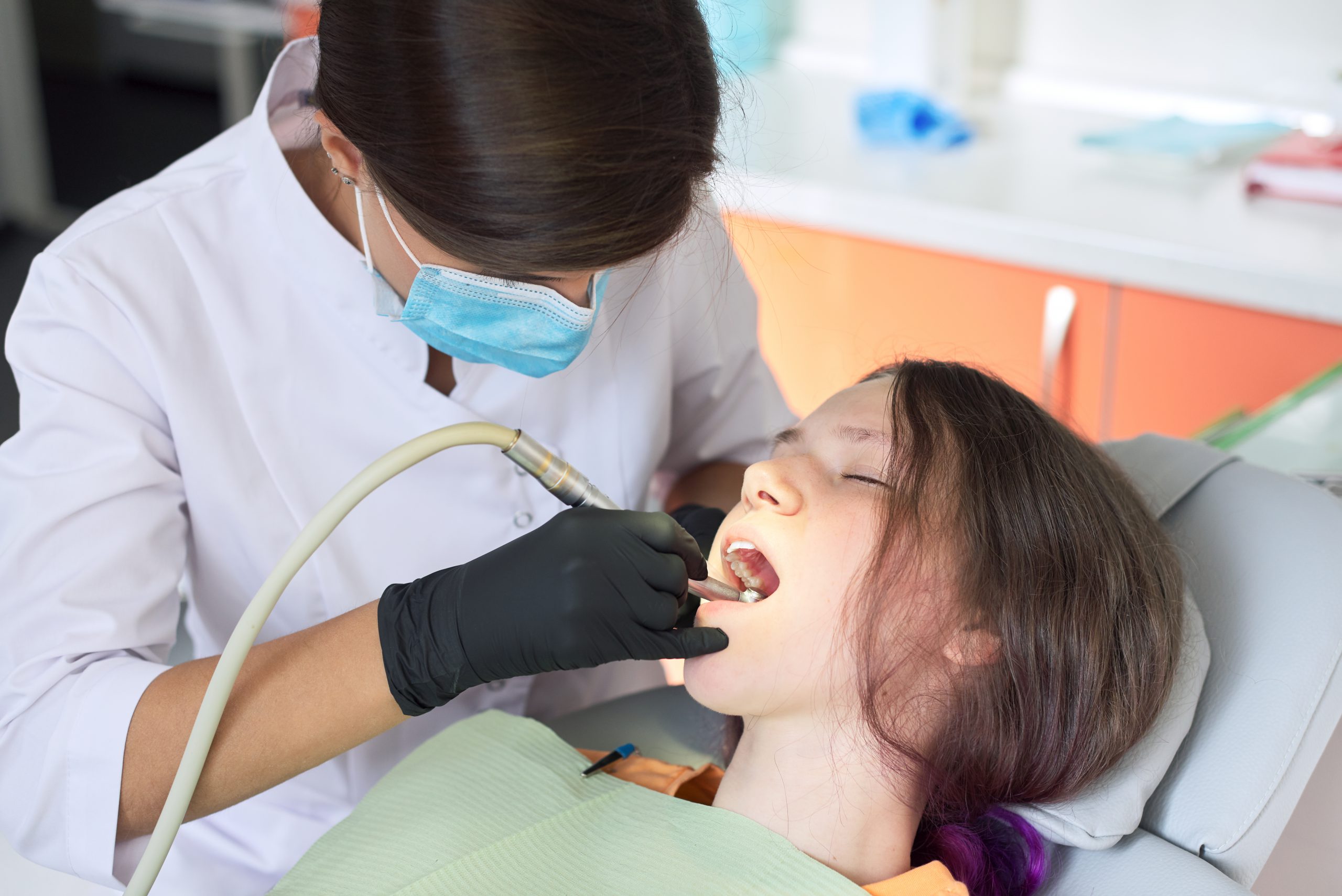
IM Sedation
IM sedation, also known as Intravenous Sedation, is a type of dental sedation that is administered through an intravenous (IV) line. It is used to help patients relax during dental procedures and reduce their anxiety. This type of sedation can be used for both minor and major dental procedures, such as root canals, extractions, fillings, crowns, and bridges.
IM sedation works by slowing down the patient’s central nervous system. This allows them to remain relaxed throughout the procedure while still being able to respond to verbal commands from the dentist or hygienist. The amount of medication used depends on the patient’s level of anxiety and how invasive the procedure will be.
IM sedation has many benefits for patients who are anxious about visiting the dentist or undergoing a dental procedure. It helps them relax and feel more comfortable during the procedure so they can focus on getting better instead of worrying about what’s happening in their mouth. It also reduces pain and discomfort associated with certain procedures, making it easier for patients to tolerate them without feeling overwhelmed or anxious.
In addition to providing comfort during dental treatments, IM sedation can also help reduce bleeding and swelling after a procedure is completed. This helps ensure that healing occurs quickly and efficiently so that patients can get back to their normal routine as soon as possible.

Monitored Anesthesia Care (MAC)
Monitored Anesthesia Care (MAC) is a type of sedation dentistry that provides a safe and comfortable dental experience for patients. It is used to reduce anxiety and pain during dental procedures, while allowing the patient to remain conscious and alert throughout the procedure.
The goal of MAC is to provide an optimal level of comfort and safety for the patient while still allowing them to be aware of their surroundings. This type of sedation is often used for more complex or lengthy procedures such as root canals, crowns, implants, and other oral surgeries. During MAC, the patient will be monitored by a qualified anesthesia provider who will adjust the level of sedation as needed throughout the procedure.
Monitored Anesthesia Care involves administering medications that help relax the patient while they are still awake and alert. The medications used in MAC may include intravenous (IV) drugs such as benzodiazepines or opioids, as well as inhaled agents like nitrous oxide (laughing gas). These medications work together to provide an optimal level of relaxation and comfort for the patient during their dental procedure.
The benefits of Monitored Anesthesia Care include reduced anxiety levels, improved comfort levels during treatment, decreased risk of complications from anesthesia, less need for local anesthetics or pain medication, and improved overall outcomes from dental treatments. Additionally, MAC allows for greater control over how much medication is administered during treatment which can help minimize side effects associated with general anesthesia.



